Surviving Economic Slowdown: An HR Perspective
By: Jan Richardson
Vice President of Operations, Global Results Communications
Business leaders have been preparing for economic turbulence for a while now. In fact, according to a 2022 KPMG survey of U.S. CEOs, 91% of respondents believed there would be a recession in 2023, with only 34% expressing that the recession would be mild and short.
Fast-forward to the present, and although current U.S. economic activity would not indicate that it is undergoing a recession, many companies feel the pressure from leaner budgets and lay-offs. In light of today’s economic challenges, it’s worth discussing how HR professionals and leaders can help their businesses survive in the face of economic turmoil.
Recruiting and Retaining Talent
One of the main areas of an organization affected by an economic downturn is labor. In particular, the recruitment process becomes much more challenging as HR practitioners look to find the ideal candidate amidst higher volumes of applications. At the same time, when this economic slowdown ends, the labor market will tighten up again, making recruitment even more difficult as companies scramble to find the best talent.
As such, HR professionals should prioritize hiring those employees who aren’t merely a fix to a temporary issue but those with future potential who are committed to long-term employment. Such employees will also reduce future hiring costs.
In addition to recruiting future-orientated talent, HR professionals must identify those valuable high achievers currently in the business and see what it will take to keep them around. It is much more difficult (and expensive) to find and hire qualified employees than it is to retain existing ones.
Adopt Technologies That Make Life Easier
When HR teams have less staff, technology becomes a vital assistant. While HR departments should constantly look for the best available HR software to make processes more efficient, a downturn is the perfect time to implement such technology solutions. According to SHRM Online, HR practitioners continue to embrace generative artificial intelligence (GenAI), predictive analytics and other technologies that promote employee experience.
Data and metrics tracking solutions will also be crucial to optimizing performance management and decision-making. Likewise, automation tools can streamline tedious tasks, allowing HR teams to focus on more strategic and creative projects. For example, automated alerts remind workers to submit timesheets, freeing up HR from continuously having to nudge personnel to turn them in.
Foster Employee Engagement
During economic slumps, many businesses assume that the right path forward is focusing on the bottom line, downplaying the importance of employee engagement, which is just as vital to helping companies weather the storm. The onus is on HR professionals to bolster their workforce by maintaining employee morale, motivation, and inspiration. Low workforce morale and motivation can result in poor business performance – anxious employees don’t produce the best work. Similarly, unengaged employees are more likely to call out sick and even leave the company.
HR practitioners can combat the unmotivating feelings and stress that come from an economic downturn by taking the time to recognize the work and dedication of staff, giving them a means to communicate their needs, and planning (within budget) events for team bonding.
Plan for the Future Today
These difficulties will not last forever – the economy will ultimately bounce back. Although it can be hard to look toward tomorrow when every day presents new challenges, HR departments should be future-minded – especially with recruiting, technology implementation and staff motivation.

